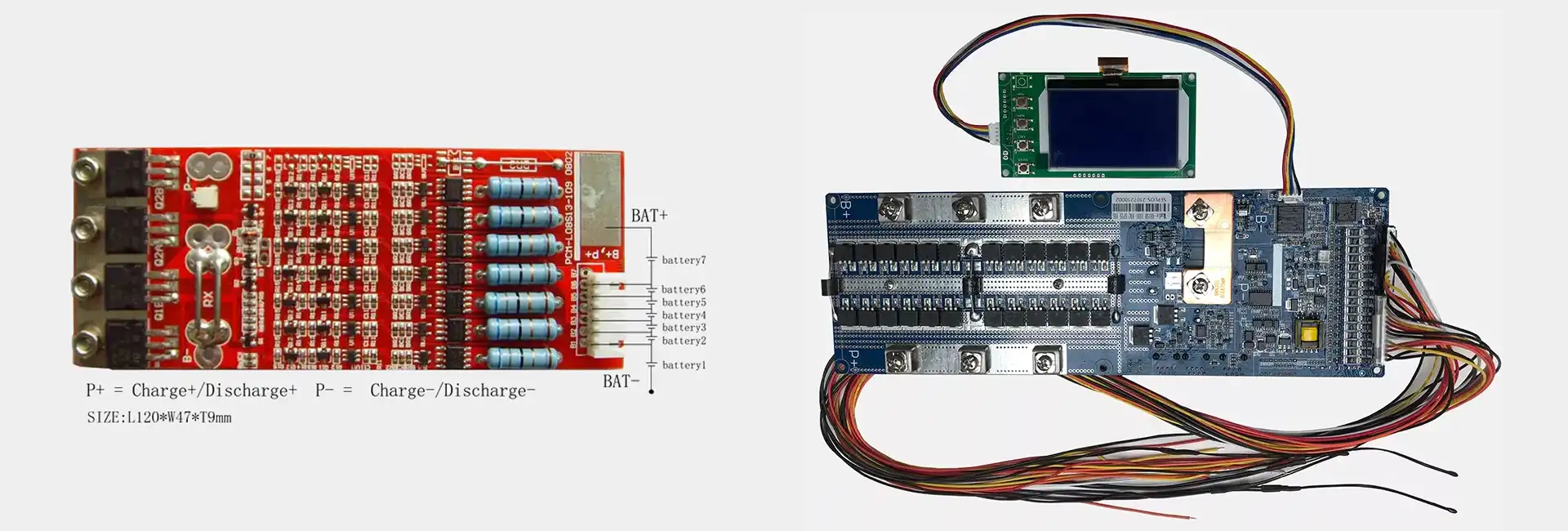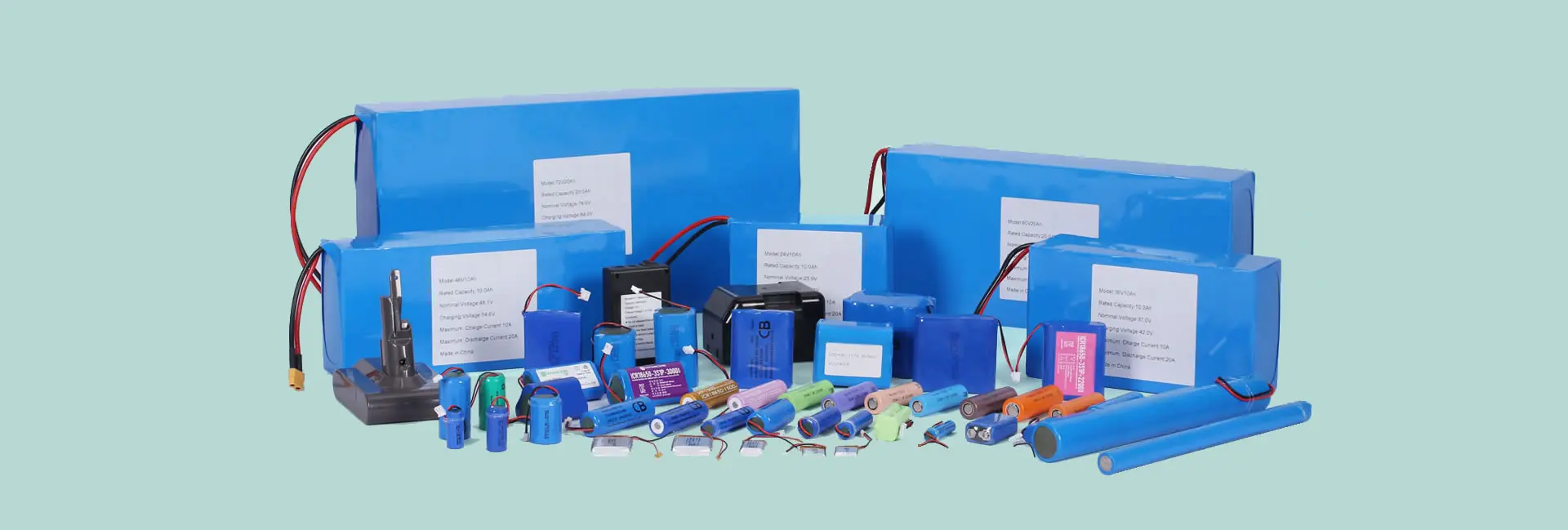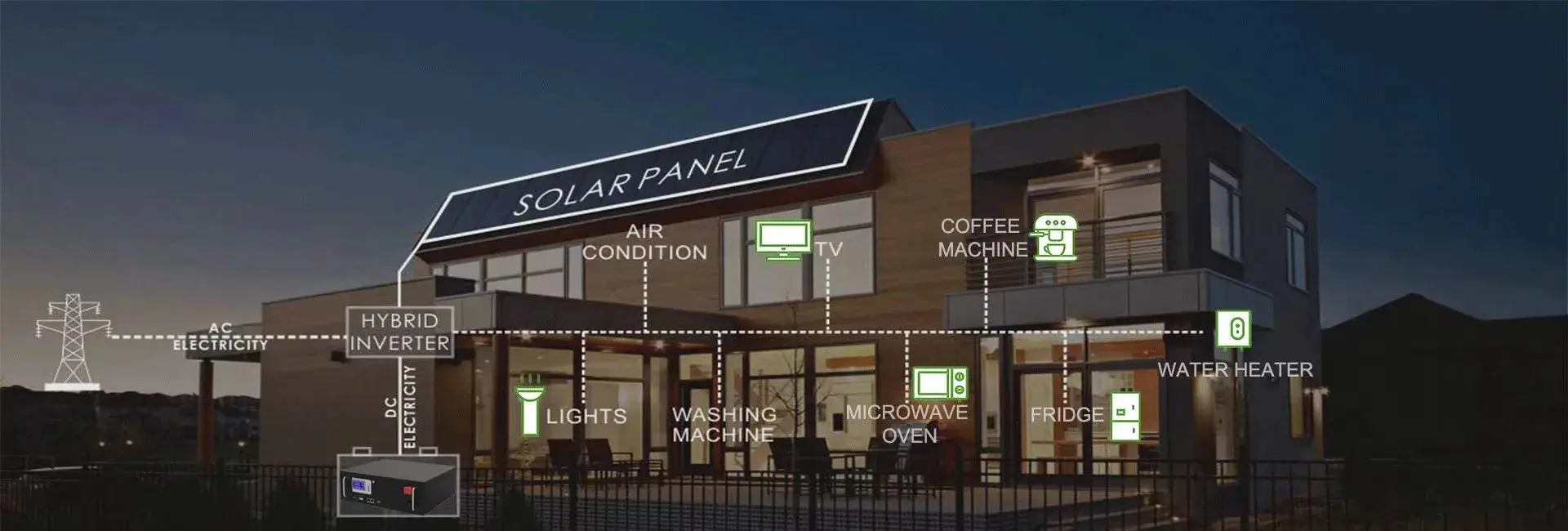We are able to provide you custom design and engineering services for either cells, battery packs, charging or systems. We begin the design process by understanding your performance targets for the final product. As there are lots of conditions that should be preconsidered for engineers to decide what best fits your design, the first step in this process is to collect as much performance information as possible. The information includes application introduction (description, any special requirements), electrical requirements (discharge current range, continuous/peak/pulse current/duration/frenquency, voltage range, power, capacity/operating time, safety, charging etc.), mechanical requirements (max available battery space, shapes, terminations, weight), environment conditions (temperature, humidity, altitude, indoor or outdoor), demand qty., budget, schedule delivery time, testing, qualifications etc. If you did not find our standard products that can meet all your requirements, simply contact us. Our well experienced team can work closely with you to offer you a custom solution tailered to suit your particular needs.
A battery cell is the core component of a battery pack. It is a unit that stores and releases electrical energy, converting chemical energy into electrical energy through chemical reactions. It usually consists of a positive electrode, a negative electrode, a separator, and an electrolyte. Common rechargeable cell chemistries include lithium ion, nickel metal hydride, nickel cadmium and lead acid. As there are many cell types on the market, no single cell chemistry and standard specifications can work for all applications. We supply not only thousands of standard cell models but custom cells in different chemistries, voltages, capacities, shapes, physical sizes and configurations to meet your special performance and size needs.
To design a battery pack it is critical to first calculate the system requirements for voltage, capacity and discharging rate based on a specific cell’s parameters. The operating voltage range of an application system will determine the number of series cells required in a battery pack. A battery pack’s capacity and discharging rate will determine the number of parallel cells required. The voltage of a battery pack is the voltage of single cell multiplied by the series cells’ number and its capacity is the capacity of the individual chain multiplied by the number of parallel chains. For applications which require higher voltage and more capacity than a single cell can deliver, some battery packs are assembled with both series cells and parallel cells so that both the voltage and amp hour capacity are increased. Cells also determine the ultimate shape and dimensions of a battery pack. Arrangement of cells, circuitry, connections and terminals should be carefully considered to fit into the physical space available.
We use our wealth of experiences to listen to our customers’ demand and help them to select the most suitable cell types based on performance, reliability, and price. Our extensive expertise, experience, and production know-how can deliver the higher performance and reliability you want from your batteries. We pride ourselves on supply of only the highest quality batteries.

Lithium ion cells can not be used directly in electronic devices. They need special protection and management circuits to keep them within their predefined voltage, current and temperature operating limits. They have to be assembled with a PCM (protection circuit module) and other components of different devices. PCM works as safety devices and it protects cells against over charge, over discharge, over current, short circuit and over heat. Sometimes more complex designs may use integrated PCM and BMS (battery management system) which provide advanced functions such as fuel gauge calculations, protection, cell balancing, thermal sensing, statues indicating lights and serial communications buses. BMS is mainly used in high power lithium ion batteries.
In battery development, we fully manage the battery design elements of your project. We work with your engineers to reduce risk in the design process and throughout the production process, and create a fully customized management system that provides the functionalities required for your product. We are committed to manufacturing customized battery management systems that are safe, effective and have the absolute lowest failure rate.

Mechanical designs of a battery pack have to meet the requirements for physical and electrical interfaces with the appliance as well as maintain the assembly form and protect all the components. It involves the pack shaping, housing, insulation and external contacts. The simplest and low cost way is designing a shrink-wrap packaging and wire lead terminals with or without connectors. More complex is a typical injection molded plastic case and metal contacts for more precision packs. Either an external shrink-wrap or plastic enclosure, by applying 2D/3D systems and automation equipments, we are able to design cases and contacts with high precision and reliable connection.

A battery pack is a set of any number of identical batteries or individual cells. Its purpose is to provide an integrated power source for applications. They may be configured in a series, parallel or a mixture of both to deliver the desired voltage, capacity, or power density. Components of battery packs include individual cells, management circuits and the interconnects which provide electrical conductivity between them. For an inline package, cells are selected and stacked with solder in between them. Cells are pressed together and a current pulse generates heat to solder them together and to weld all connections internal to the cell.
With decades of combined experiences our fully equipped electrical, mechanical and industrial engineers ensure battery packs are designed and assembled the right way from the start of the project to beyond. In our production facilities highly trained assembly and production staffs are employed and continuously trained to provide advanced assembly technology for all types of modern equipments. We are committed to manufacturing customized battery packs that are safe, effective and have the absolute lowest failure rate.

Lithium ion batteries have charging voltage and current limits. They must use the constant current/constant voltage (CC/CV) charging method. The battery is first charged by a set constant current until it reaches a set voltage, then charged with this constant voltage until the current falls below a set value. If charging exceeds this limit, the battery will be permanently damaged and there is a risk of fire or explosion. The charging system also affects battery performance such as runtime and cycle life. Therefore, charging must be strictly controlled. Special consideration is required when designing a charging system to ensure the battery is both fully charged and not over charged. Modern charge ICs apply a few more steps to the process to increase safety. These ICs monitor the cell temperature and have a programmable cut-out function that stops charging the cell after a pre-set period.
When designing a charger, pay attention to the battery voltage, capacity, maximum charging current, and charging temperature conditions. Then consider the power constraints and whether you want to use a linear or switch-mode charger. Linear chargers are generally more cost-effective and smaller, which makes them ideal for simple circuits and charging currents of less than one amperere. Switch-mode chargers are more efficient and ideal for fast charging.
At low charging current C rates (0.5C or less), lithium ions are smoothly embedded in the graphite sheet without damaging the electrodes. As the charging rate increases, this embedding becomes stiffer and stiffer. If the charging rate is too high, the lithium ions will not have time to penetrate the electrodes properly and will only be deposited on the surface of the electrodes, which will cause the battery to age prematurely. Depending on how long your application needs to be charged, you will need to find the right compromise between the necessary charging time, speed, and battery aging. It is recommended to lower the maximum charging current C rate and limit the charging rate to 0.5C or less.
Most lithium ion batteries use a graphite type material in one electrode. The increase in charging temperature can cause the graphite flakes to peel off, accelerating the permanent capacity loss of the battery. A high charging current rate increases temperatures and accelerate battery capacity loss. High temperatures cause electrochemistry to produce gases within the battery, which accelerates chemical aging. Depending on the cell structure, high temperatures can also cause cells to swell. When the battery housing or device position can not support it, this deformation can pose a safety hazard risk. Lithium ion batteries do not like extreme temperatures. Most lithium ion batteries can only withstand a maximum temperature of 60°C, and it is recommended to charge at a maximum temperature of 45°C under a charge rate of 0.5C or less. Very few batteries can be charged below 0°C. Lithium deposits may be generated, resulting in permanent capacity loss. It is recommended to charge the battery at a very slow rate of 0.05C at temperatures below 0°C.
A proper charging system is critical to battery performance. We use the world high precise circuit components to monitor and control the current and voltage statues. The chargers are compact, portable, universal and safe. It can be customized with various outputs, to meet different demands. With CPU control and PWM technology they have the advantages as high efficiency, good stability, low-carbon and energy saving. Three section charging modes can control the charging current and voltage automatically and precisely and both ensure that battery is charged fully and not over charged.

With the industry leading technical knowledge and extensive experience we can provide complete power system solutions, ranging from advanced cells, battery packs, managing system, charging to power supplies. If you did not find our standard products that can meet all your requirements, simply contact us. Our well experienced team can work closely with you to offer you a custom solution tailered to suit your particular needs. We begin the design process by understanding your performance targets for the final product. As there are lots of conditions that should be preconsidered for the engineers to decide what best fits your design, the first step in this process is to collect as much performance information as possible. The information includes:
1. Application Introduction
A brief description of your application and any special requirements if available.
2. Electrical Requirements
Battery type, voltage, capacity/operating time, discharge current range, continuous/peak/pulse current/duration/frenquency, discharge voltage range, power, safety circuits, max charging current/voltage/time.
3. Mechanical Requirements
Max available battery space, max physical dimensions, shapes, output terminations, wire leads, connectors, casing, weight.
4. Environment Conditions
Operation temperature range, humidity, altitude, indoor or outdoor use.
5. Other Requirements
Demand qty., budget, scheduled delivery time, testing, qualifications, etc.
